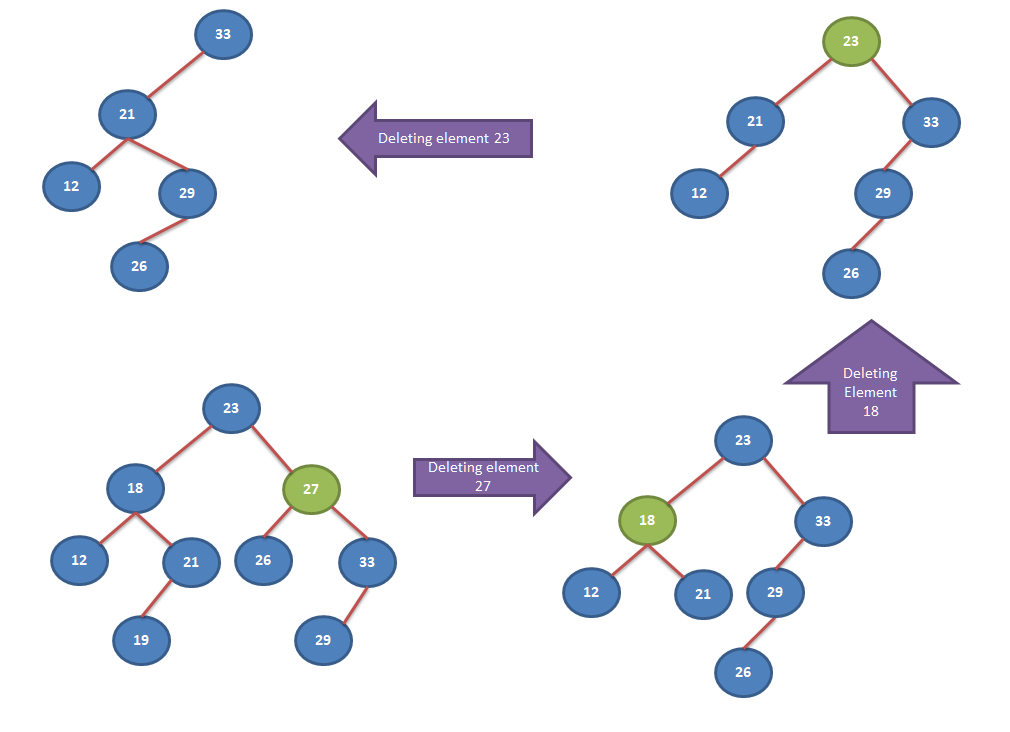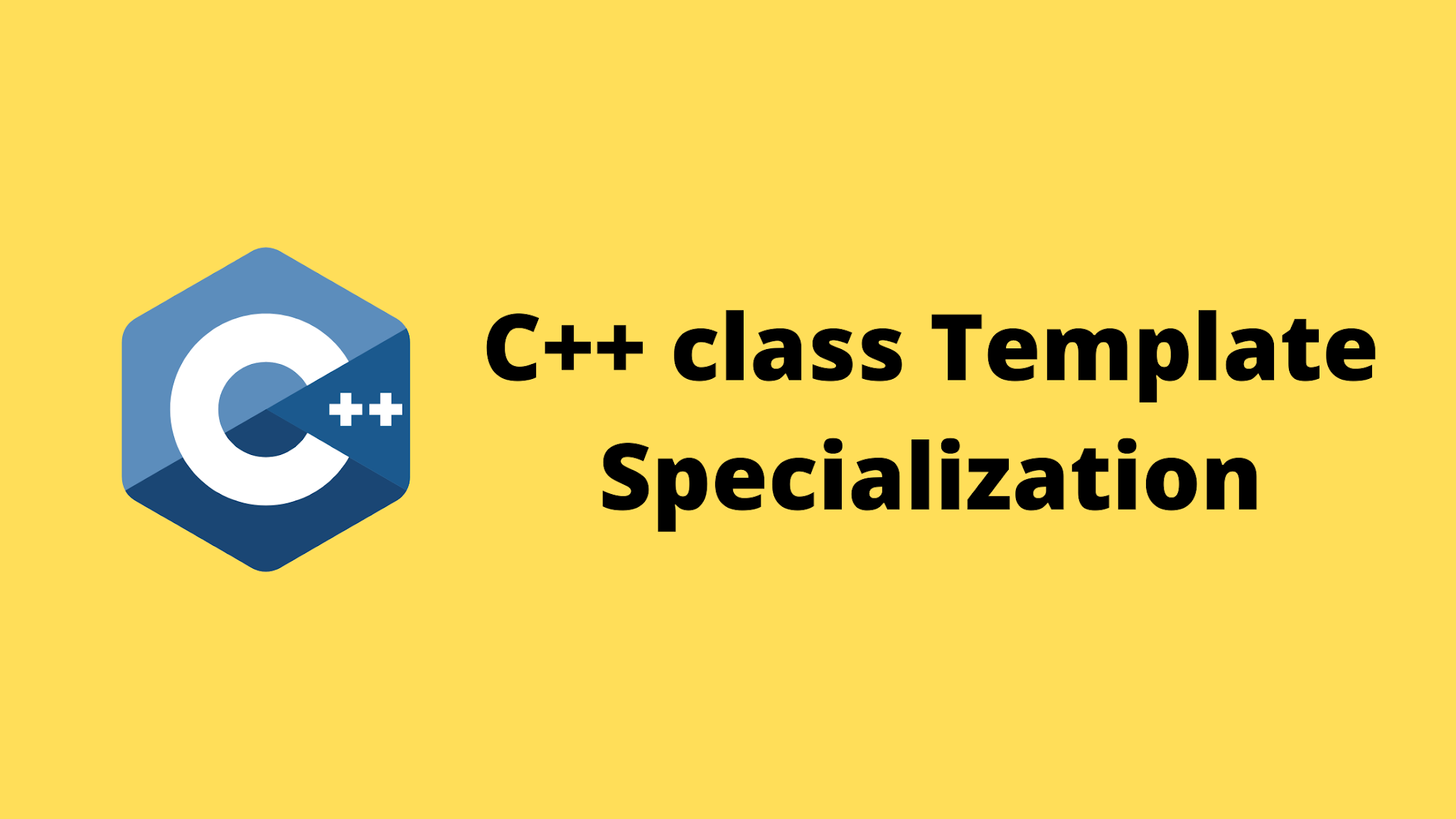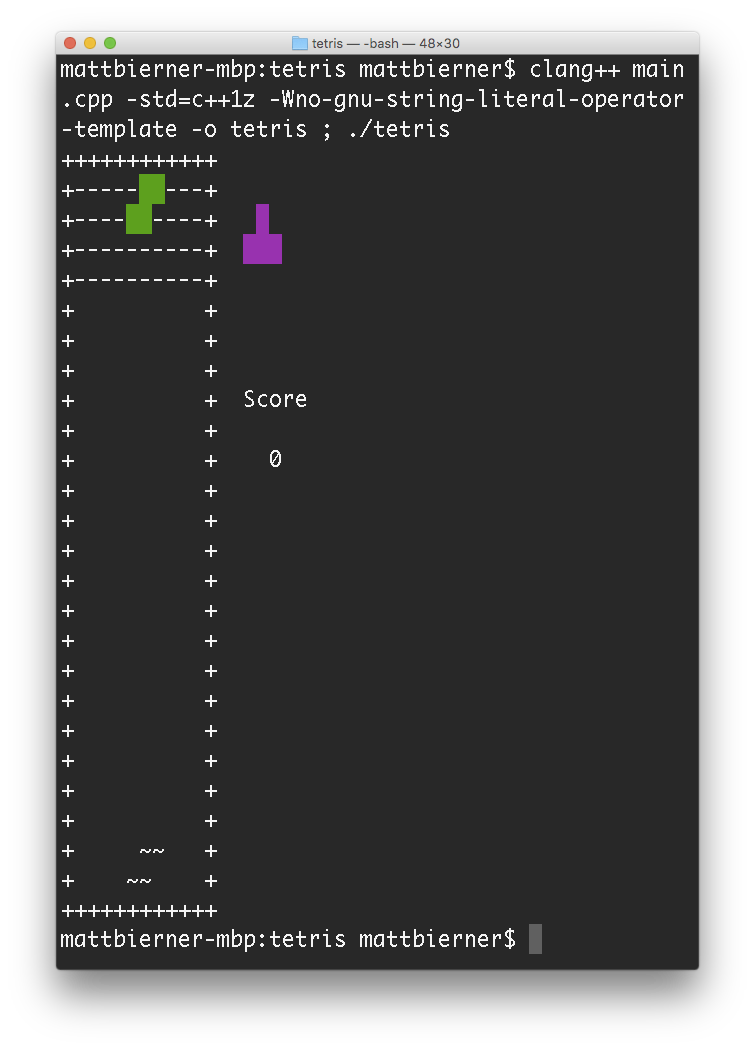Template Typename T
Template typename t - The typename keyword must be used if a name in a template definition is a qualified name that is dependent on a template argument; Template<typename t> class sf::rect< t > utility class for manipulating 2d axis aligned rectangles. In cases where you want each template type parameter to be an independent type, this form is preferred as the removal of the template parameter declaration line makes your code more concise and readable. And the empty angle braces means that there aren’t any template parameters. This template creates a cdn profile and a cdn endpoint with a user specified origin and all of our most commonly used settings on cdn. Atomic constraints are formed during constraint normalization. Template < typename t > constexpr t pi = t {3.141592653589793238462643383l}; Template <typename t, typename u> auto max(t x, u y) { return (x > y) ? Void set(int index, const t& value) { m_array[index] = value; The diagonal entries of s are known as the singular values of a and the columns of u and v are known as the left and right singular vectors of a.
Although templating on types, as in the examples above, is the most common form of templating in c++, it is also possible to template on values. 1 note this class is not aimed to be used to store a rotation transformation, but rather to make easier the creation of other rotation (quaternion, rotation matrix) and transformation objects.see also An atomic constraint consists of an expression e and a mapping from the template parameters that appear within e to template arguments involving the template parameters of the constrained entity, called its parameter mapping. In this case, there aren’t any template parameters because we’re. } which is the same as the max function template we wrote above.
Json Map Example / Use Gson To Implement Tree Type Json Data Non
Template < typename t > constexpr t pi = t {3.141592653589793238462643383l}; • this template group is the basis for the map& set associative containers because it stores (potentially) heterogeneous pairs of data together • a pair binds a key (known as the first element) with an associated value (known as the second element) template <typename t, typename u> struct pair {// data members t first; There is no difference between a type alias declaration and typedef declaration.
Binary Search Tree Deletion Of Node Explained With Simple Example
And the empty angle braces means that there aren’t any template parameters. Thus, for example, a class declared with There is no difference between a type alias declaration and typedef declaration.
HackerRank C++ Class Template Specialization solution
Create a cdn profile, a cdn endpoint and a web app } const t& get(int index) const { return m_array[index]; There is no difference between a type alias declaration and typedef declaration.
C++ Core Guidelines Rules for Variadic Templates
There is no difference between a type alias declaration and typedef declaration. And the empty angle braces means that there aren’t any template parameters. In this case, there aren’t any template parameters because we’re.
Template Instantiation
An atomic constraint consists of an expression e and a mapping from the template parameters that appear within e to template arguments involving the template parameters of the constrained entity, called its parameter mapping. And the empty angle braces means that there aren’t any template parameters. There is no difference between a type alias declaration and typedef declaration.
C++ 17 template 非型別樣版參數型別推導 羅根學習筆記
The diagonal entries of s are known as the singular values of a and the columns of u and v are known as the left and right singular vectors of a. Template <typename t, typename u> auto max(t x, u y) { return (x > y) ? } const t& get(int index) const { return m_array[index];
Surprise Included Inheritance and Member Functions of Class Templates
Although templating on types, as in the examples above, is the most common form of templating in c++, it is also possible to template on values. There is no difference between a type alias declaration and typedef declaration. Atomic constraints are formed during constraint normalization.
Super Template Tetris UWTB
The typename keyword must be used if a name in a template definition is a qualified name that is dependent on a template argument; Template < typename t > constexpr t pi = t {3.141592653589793238462643383l}; 1 note this class is not aimed to be used to store a rotation transformation, but rather to make easier the creation of other rotation (quaternion, rotation matrix) and transformation objects.see also
Void set(int index, const t& value) { m_array[index] = value; It's optional if the qualified name isn't dependent. The typename keyword must be used if a name in a template definition is a qualified name that is dependent on a template argument; Template <typename t, typename u> auto max(t x, u y) { return (x > y) ? } which is the same as the max function template we wrote above. The diagonal entries of s are known as the singular values of a and the columns of u and v are known as the left and right singular vectors of a. This template creates a cdn profile and a cdn endpoint with a user specified origin and all of our most commonly used settings on cdn. Thus, for example, a class declared with And the empty angle braces means that there aren’t any template parameters. Template < typename t > constexpr t pi = t {3.141592653589793238462643383l};
In this case, there aren’t any template parameters because we’re. Create a cdn profile, a cdn endpoint and a web app • this template group is the basis for the map& set associative containers because it stores (potentially) heterogeneous pairs of data together • a pair binds a key (known as the first element) with an associated value (known as the second element) template <typename t, typename u> struct pair {// data members t first; 1 note this class is not aimed to be used to store a rotation transformation, but rather to make easier the creation of other rotation (quaternion, rotation matrix) and transformation objects.see also Although templating on types, as in the examples above, is the most common form of templating in c++, it is also possible to template on values. E is never a logical and or logical or expression. Template <typename t> class storage8 { private: This declaration may appear in block scope, class scope, or namespace scope. For more information, see templates and name resolution. An atomic constraint consists of an expression e and a mapping from the template parameters that appear within e to template arguments involving the template parameters of the constrained entity, called its parameter mapping.
In cases where you want each template type parameter to be an independent type, this form is preferred as the removal of the template parameter declaration line makes your code more concise and readable. } const t& get(int index) const { return m_array[index]; There is no difference between a type alias declaration and typedef declaration. Atomic constraints are formed during constraint normalization. Template<typename t> class sf::rect< t > utility class for manipulating 2d axis aligned rectangles.







